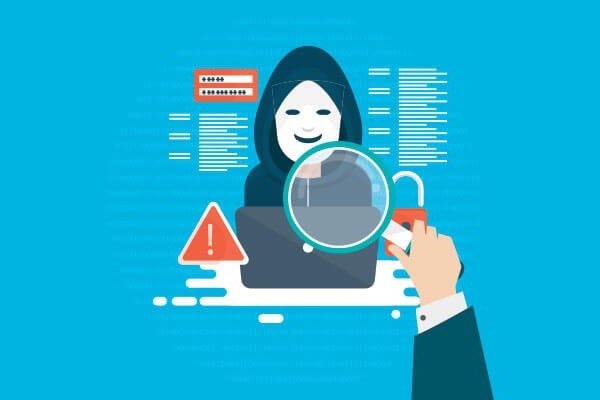Table of Contents
Ever feel like you’re being watched online? Those eerily relevant ads after a recent conversation might make you wonder. The internet isn’t exactly a bastion of privacy. But don’t worry, fellow netizen! There’s a burgeoning field of technology aimed at changing that – privacy-preserving technology (PPT).
What is Privacy-Preserving Technology (PPT)?
Imagine a world where you can share data, browse the web, and receive personalized recommendations without constantly sacrificing your personal information. That’s the promise of PPT. These tools and techniques are designed to protect your privacy while still enabling businesses and researchers to use data beneficially.
Picture it this way: you have a treasure chest filled with valuable personal information. PPT acts as a high-tech security system. It allows authorized users to analyze the contents without exposing your personal details.
Real-Life Examples of Privacy-Preserving Technology in Action
Here are some ways PPT is already making a difference in our everyday lives:
Shopping with Zero Regrets
Ever bought a bright green jacket online, only to be bombarded with similar neon reminders for weeks? Differential privacy can help. This technique adds a tiny bit of “noise” to your data, so retailers can learn about buying trends without knowing exactly what you purchased.
Medical Marvels Without Medical Records
Researchers need vast amounts of data to develop new treatments. But what if that data contains sensitive medical information? Homomorphic encryption is a game-changer. It allows scientists to analyze encrypted data, gaining valuable insights without ever decrypting your personal details.
Surfing the Web in Peace
We all appreciate a personalized newsfeed, but constant tracking can feel intrusive. Secure multi-party computation (SMPC) is like having a trusted friend filter your online activity. It allows companies to analyze groups of users without ever seeing any individual’s data.

The Future of Privacy-Preserving Technology
The world of PPT is constantly evolving. Here are some exciting possibilities on the horizon:
Zero-Knowledge Proofs
Imagine proving you’re eligible for a service without revealing any personal details. That’s the magic of zero-knowledge proofs. They could revolutionize online identity verification, keeping your information safe.
Federated Learning
This approach allows different devices to train machine learning models without directly sharing their data. Think of it as a classroom where students learn from each other’s work without revealing their own test scores.
Taking Control of Your Digital Footprint
PPT is empowering users to take back control of their privacy. As these technologies develop, we can expect a future where data is used responsibly, and our online experiences are both personalized and secure.




2 Pingbacks